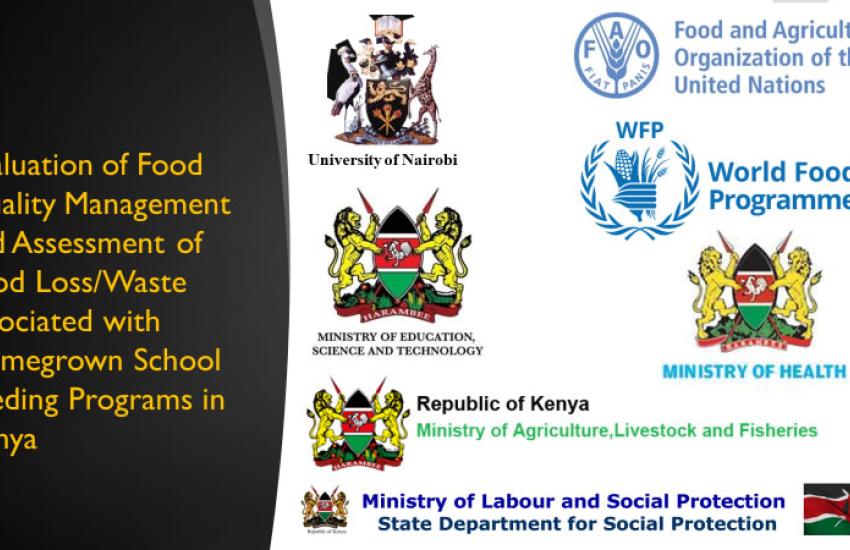Food Quality Management in Supply Chains Linking Smallholder Farmers to the Home-Grown School Meals Programme
School meals are considered an important safety net for vulnerable children from food-insecure households and communities. Therefore in 1980, the Government of Kenya initiated school meal activities in collaboration with development partners. In 2009, the Kenya government launched the Home-grown School Meals Program (HGSMP) implemented by the Ministry of Education. Under the HGSMP, schools are required to purchase foods from local suppliers and provide hot and nutritious meals to school children. Apart from providing meals to the school children, the HGSMP aims to link school meals and local smallholder farmers. By offering a favorable market, home-grown school meals offer opportunities to strengthen smallholder and community capacities and improve their income, ultimately improving livelihood opportunities. Since its inception, the HGSMP has faced some challenges which have hampered realization of the program goals. Some of the challenges relate to the capacity of the smallholder farmers to supply the required quantity and quality of foods to the schools. In addition, quality management and postharvest losses in value chains linked to HGSMP is a major challenge. There is need to understand the challenges and opportunities in the HGSMP to ensure targeted interventions to improve the implementation and outcomes of the program
Therefore, this study was designed to develop and share knowledge on the understanding and practices on food quality management among stakeholders of the HGSMP. Specifically the study sought to i) develop and share knowledge on the understanding and practices on food quality management among stakeholders of the home grown school feeding programme ii) conduct an assessment of food losses in two supply chains (grain and vegetable) to the homegrown school meals program in two Counties in Kenya iii) formulate recommendations for enhancing food quality management and food loss reduction in the selected supply chains linking farmers to the school feeding programme.
The study was conducted in two Counties that are implementing the HGSMP, namely Kitui and Kajiado Counties. The study focused on the bean value chain which is linked to HGSMP in both counties. The focus counties and commodities were identified through stakeholder consultative workshops conducted in both counties. The study employed the FAO case study methodology. The methodology entails planning followed by 3-pronged data collection process that includes screening (desk review), survey compounded by field observations and interviews with key actors, and load tracking. For the survey, a detailed actor-specific questionnaire was developed for producers, traders/transporters and teachers. The survey was complemented by focused group discussions and key informant interviews. Load tracking in the beans value chain targeted a bean trader who supplies beans to most schools in Kitui and Kajiado Counties. Load tracking for the cowpeas short value chain targeted a local trader who sources from a farm in the rural areas of Kitui and supplies to Kitui town. A trader who sources for cowpeas from Kisii County to for sale in Nairobi was targeted for the long chain.
This report presents the findings of the study. The report starts by providing a general critique of the HGSMP highlighting the positive impact on school enrollment and attendance. It highlights the dilemma that while HGSMP provides a ready market for farmers, they lack capacity to supply the quality and quantity of beans demanded by schools. Ultimately it is the traders who supply the schools hence defeating the original goal of the program. The report highlights the funding challenge that hampers the realization of regular and nutritious meals for learners throughout the school term. The second part of the report highlights the extent, causes/drivers and critical loss points for quantitative and qualitative losses for different actors in the bean value chain. These include producers, traders and schools (consumers). Further, the report provides the total economic losses accruing from quantitative and qualitative losses for the different actors. Finally, the report provides recommendations to improve the implementation of the HGSMP in order to realize greater impact as originally envisioned. The implantable and context-specific recommendations provided are guided by the observations made during the field surveys and stakeholder engagements. The recommendations are specifically targeted to various actors and stakeholders in the HGSMP.


